The Best Ways To Prep Your Home for Cold Weather
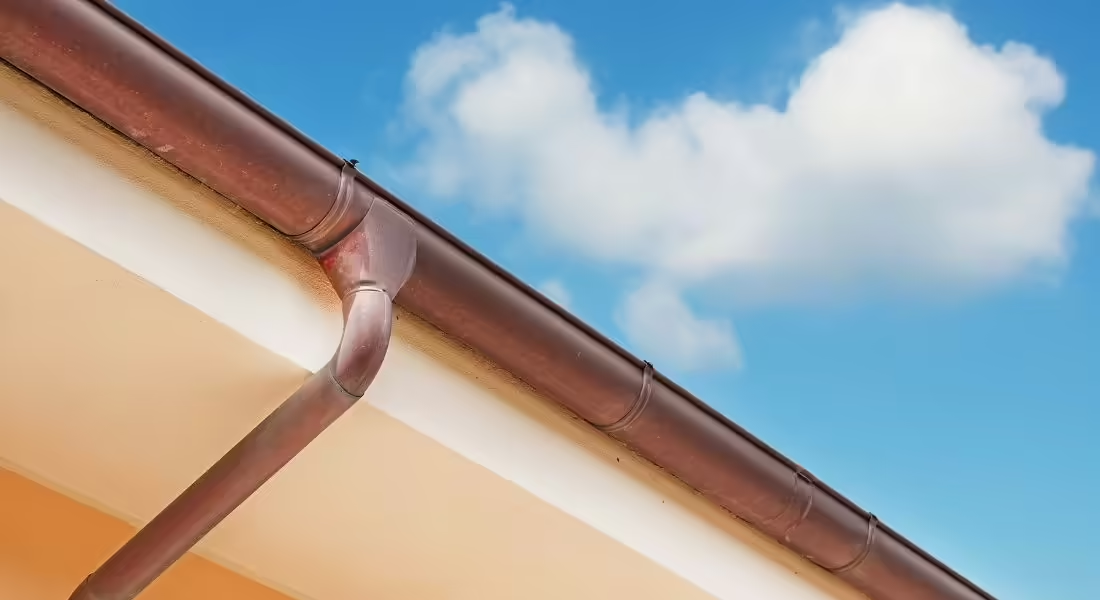
Winter is coming. Is that saying overused yet? Probably, but it doesn’t take away from the fact that winter comes and goes with each passing year, and we have to prepare. We’ve compiled the best ways to prep your home for cold weather so you’re ready when that first snowflake of the season falls.
Check on Your HVAC
Most home air conditioning and heating units last around twelve to fifteen years, but if you properly maintain your system, it can last for up to twenty. As the temperatures dip and the leaves change, take time to assess your furnace and AC unit along with changing the filter.
Call a local reputable HVAC contractor to inspect your unit and to ensure everything is running smoothly and ready to keep your home warm and comfortable all winter long. It’s much better to find a problem now and fix it than during a time when the weather dips below freezing.
Caulk, Seal, and Paint Exterior Wood
You should protect all exposed wood on the outside of your home from the elements. Wooden decks are usually built with rot-resistant or pressure-treated lumber—but the wooden trim around your house is a different story. You’ll find this trim built with one-inch-thick pine boards that will rapidly deteriorate if you don’t adequately protect them.
Replacing trim is costly, and even professionals struggle with making sure the repair looks good. Homeowners need to ensure this wood doesn’t rot in the first place. Before winter comes each year, walk around the perimeter of your home to inspect all the trim, caulk, and paint. Check for any cracking, chipping, or cracking. If you observe any, scrape away the old and reapply new.
Pro Tip
Just because your deck is made with treated wood doesn’t mean you don’t need to maintain it. You don’t have to stain or seal it every year, but you need to check to make sure it’s protected. Pour a cup of water on your deck, and if you see the water bead, you’re good to go.
Clean the Gutters
After most of the leaves have abandoned the trees, it’s time for your favorite fall tradition: clearing out the gutters. If your gutters become clogged, they’ll overflow and speed up the deterioration of your exterior and foundation, leading to all sorts of issues.
Check the Drainage
Check around the foundation of your home for any areas that may have settled where water can pool and ruin your foundation. Fill in the low spot with extra soil if you find one. Be sure to check around your downspouts to ensure that the water flows far enough away from the house. Add extenders if you need to. Soil saturation will cause significant damage to your foundation when it freezes and thaws during the winter.
Seal Masonry and Hard Surfaces
You can’t forget about your driveway, walkways, and concrete patio. All concrete flatwork will eventually crack, and applying a concrete sealer will prolong the life of your hard surfaces. Go around and observe the concrete and fill any cracks before the cold temperatures arrive to avoid water seeping in, and then apply the sealant.
If your driveway is asphalt, you should consider resealing before winter arrives. It’s a low-cost expense to have a company come out and spray on the sealer, or you could even purchase a bucket from your local hardware store and tackle the task yourself. Make sure you patch up any cracks before applying the sealant.
Test Smoke and Carbon Monoxide Detectors
Winter’s the season most home fires occur. It’s because the chill has set in, and we’re blasting the furnace, or we’re curled up next to a roaring fireplace. And our homes are sealed tightly, so carbon monoxide is a more significant hazard. Go around and check all smoke alarms to ensure they are working correctly, and change out the batteries if you need to. If they’re hard-wired, make sure that’s working accurately as well.
If you don’t have carbon monoxide detectors, it’s strongly encouraged that you equip your home with a few of them. When your HVAC is inspected, they will also ensure your water heater and furnace are adequately ventilated. Improper ventilation is typically where carbon monoxide issues arrive.
Shut Down Outside Water
You won’t need to water your lawn or garden during the coldest time of year, so it’s time to shut down the sprinkler system and drain the outside faucets to prevent freezing. It’s worth the money to call a professional to come out and turn off the sprinklers, as professional winterizing is less expensive than replacing quite a few lines come spring.
Leaving your outside faucets exposed to extreme winter temperatures could result in a split water line. Now, that’s the ultimate danger, but it’s hazardous not to cover your faucets. If you’re able to shut down the waterline, this is the safest way to keep the outside tap safe. If not, there are faucet covers available to purchase that will keep it protected until the weather warms up and you need it again.
If you have a pool, it’s time to close that down for winter. Fall is the perfect time of year for a pool inspection because they tend to get busy in the spring.
Energy Audit
A professional audit is a fantastic investment if you’ve never had one performed on your home. Autumn is the perfect time to check the door and window seals and observe if you can see sunlight, or any light, seeping through the cracks.
Make sure your insulation is still in good standing condition, and hire a professional contractor to come out and install fresh new insulation to protect your home. Paragon Protection is here to shield against the frigid winter weather. We’re professional spray foam insulation contractors in Cary, IL, and we also serve the surrounding communities. We can help decrease your energy bills with a well-insulated home.
Prep Your Lawn
Do you want an envious spring lawn? Then you must prep it correctly and give it attention during fall. New grass won’t grow if it’s too cold or too hot, so you only have spring or fall to get new grass to sprout. Apply fertilizer and winterizer in late October into November to your lawn. Before this, make sure to aerate your yard and overseed it.
Check Snow Removal Equipment
Another way to prep your home for cold weather is to grab the snowblower and give it a check-up before the first measurable snowfall. You don’t want to be stuck without it when it’s too late. This tip will allow you ample time to perform repairs or make purchases before the weather turns nasty. Check over shovels and purchase any salt that you need. Now you’re prepped and ready to go!
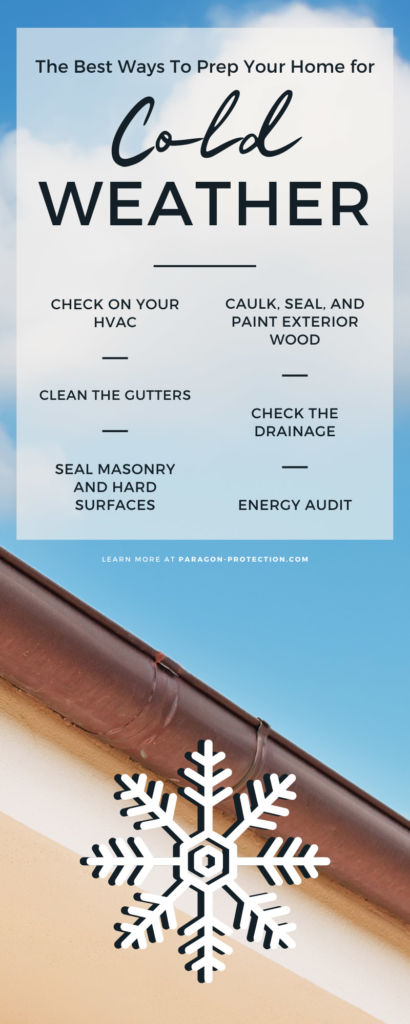

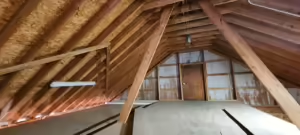
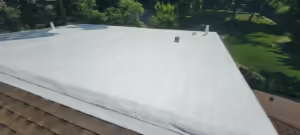
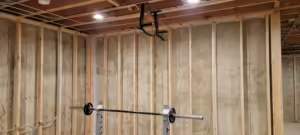
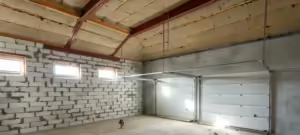

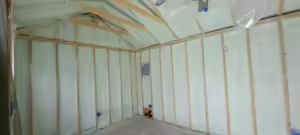
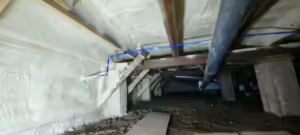
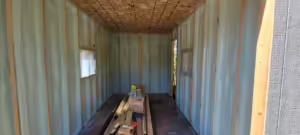
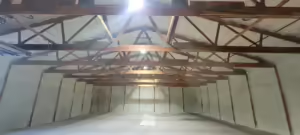
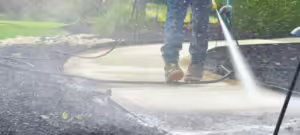

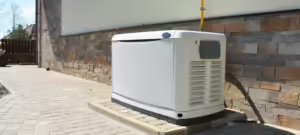
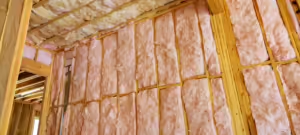
 Professional Insulation Services
Professional Insulation Services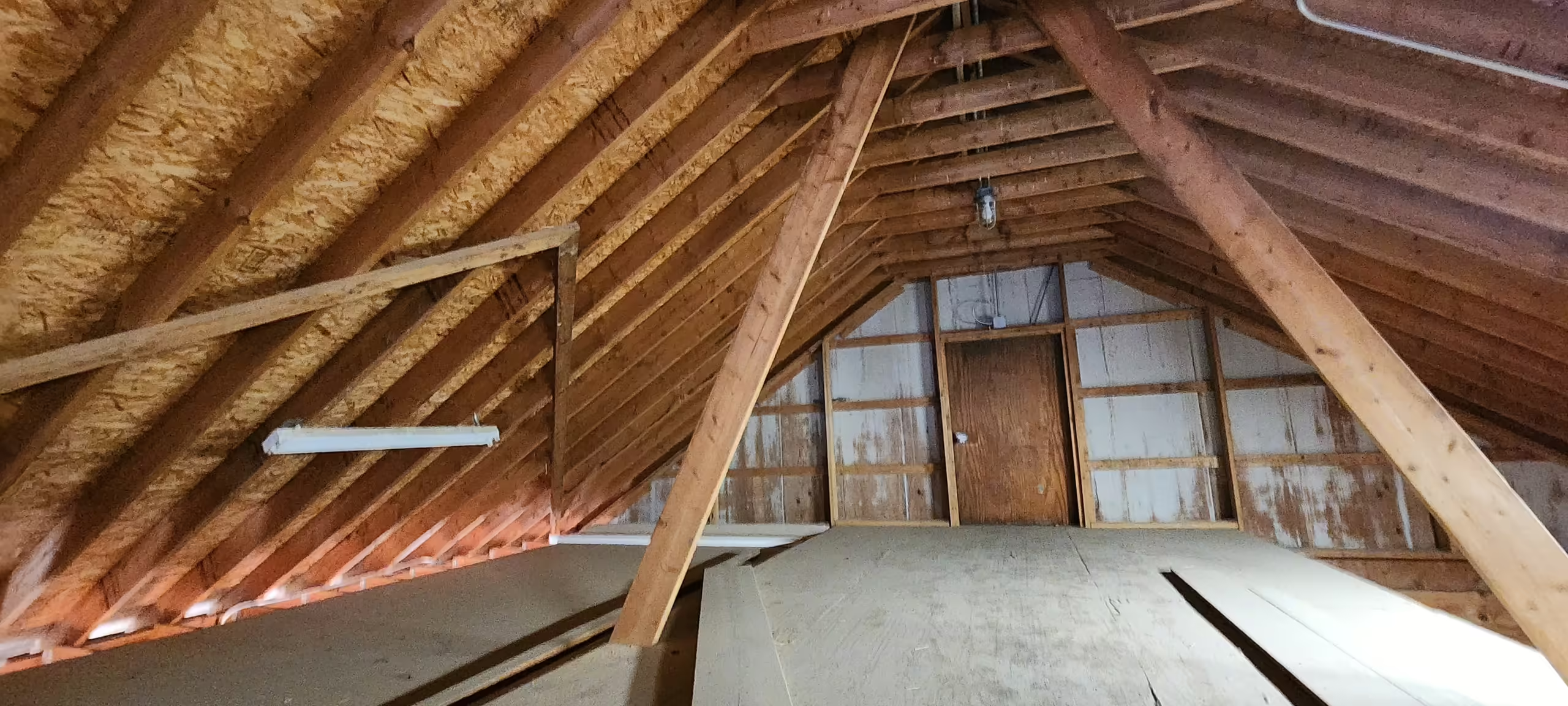 Attic Insulation Services
Attic Insulation Services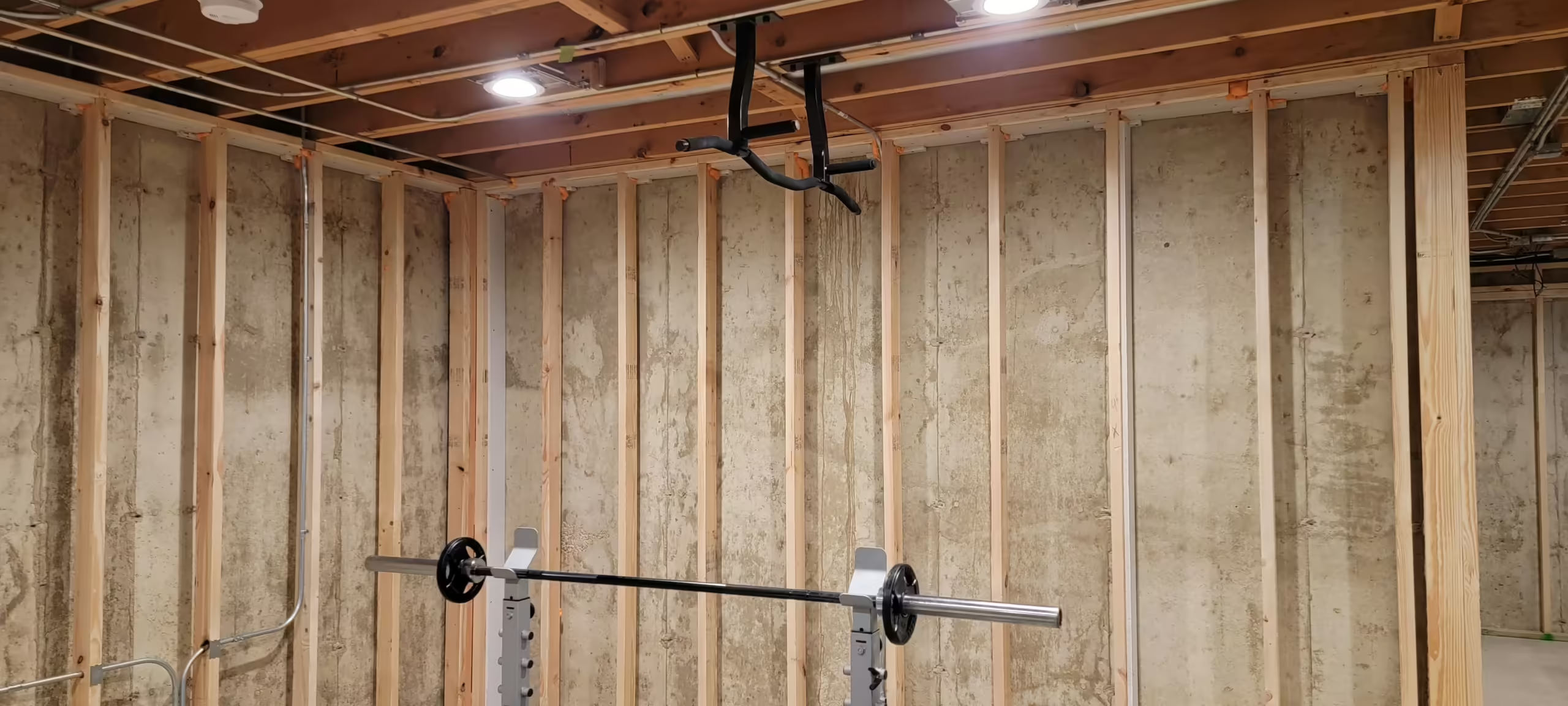 Basement Insulation
Basement Insulation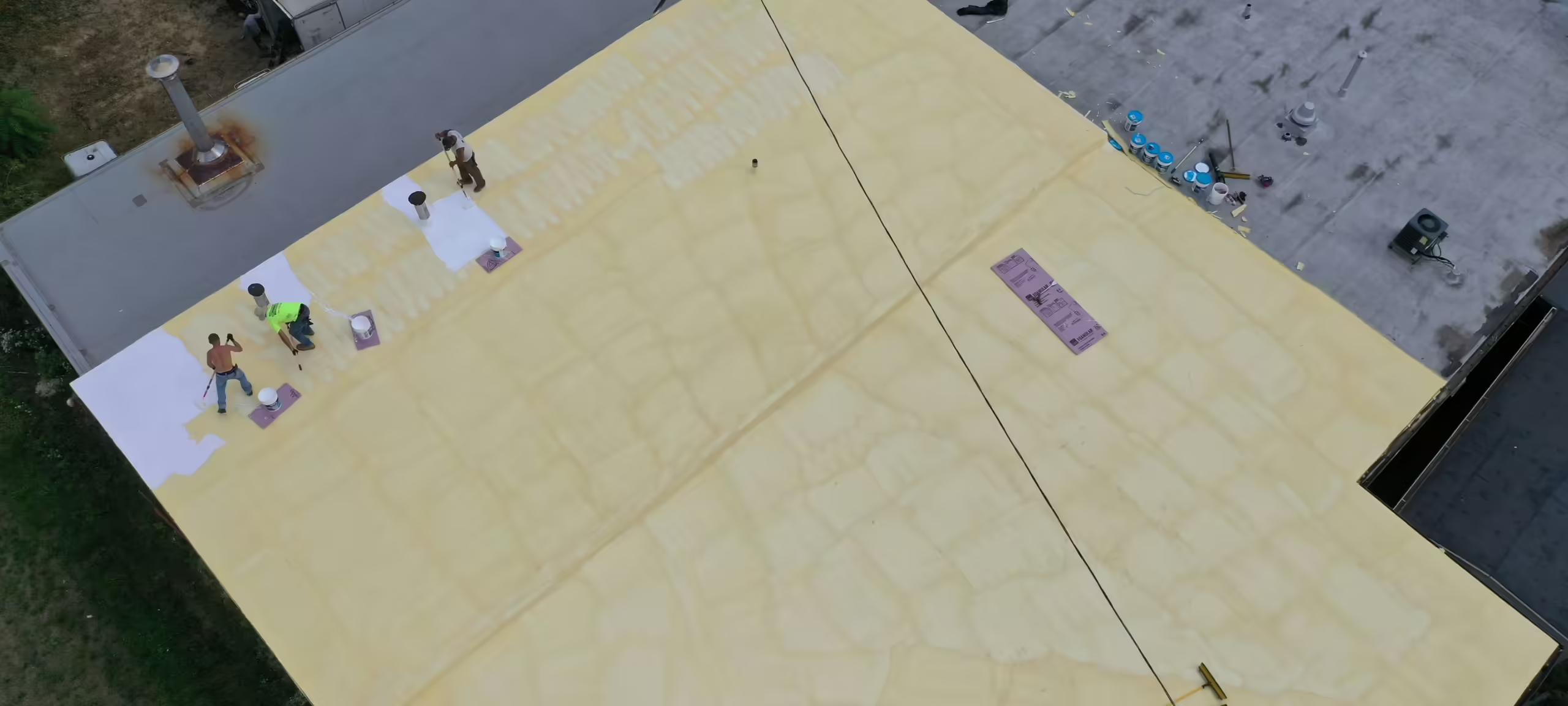 Commercial Insulation
Commercial Insulation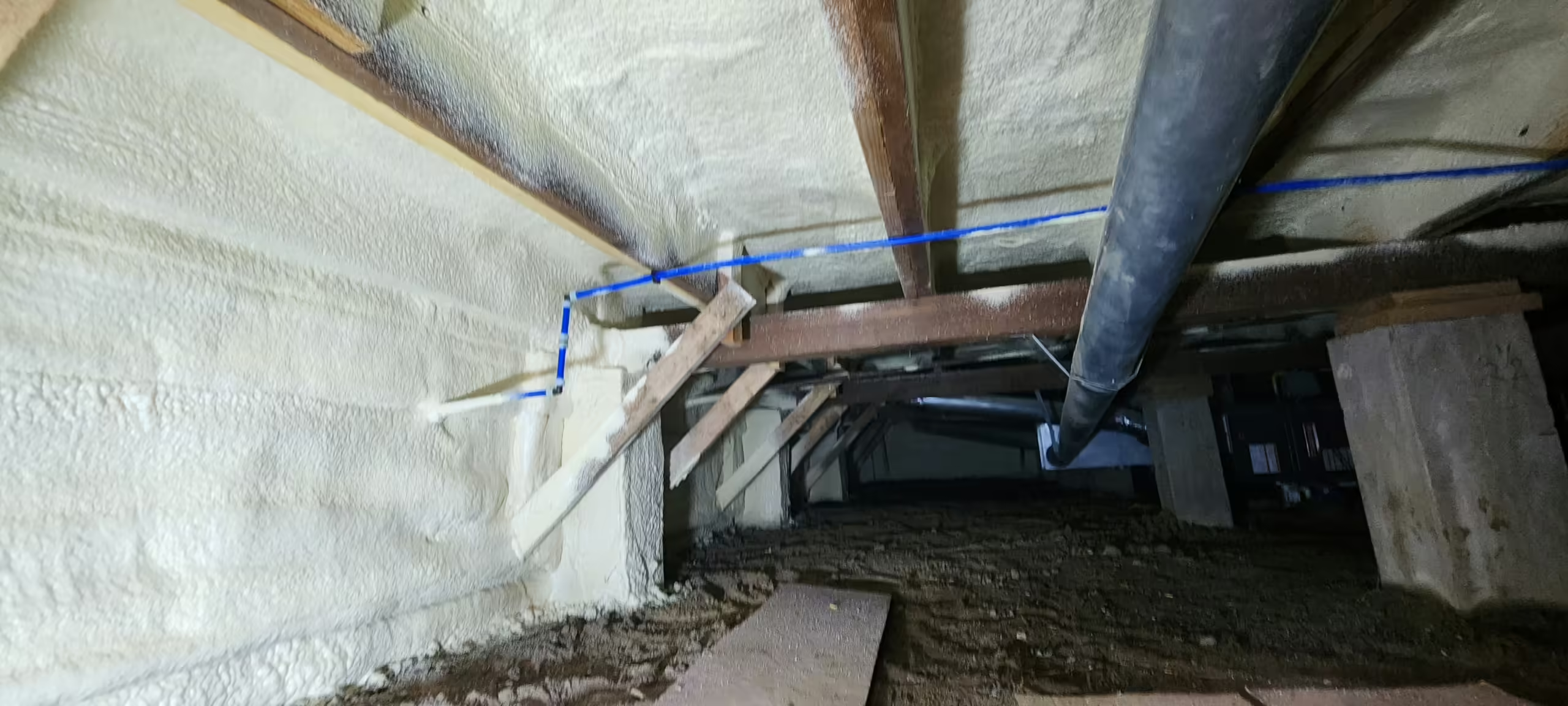 Crawl Space Insulation
Crawl Space Insulation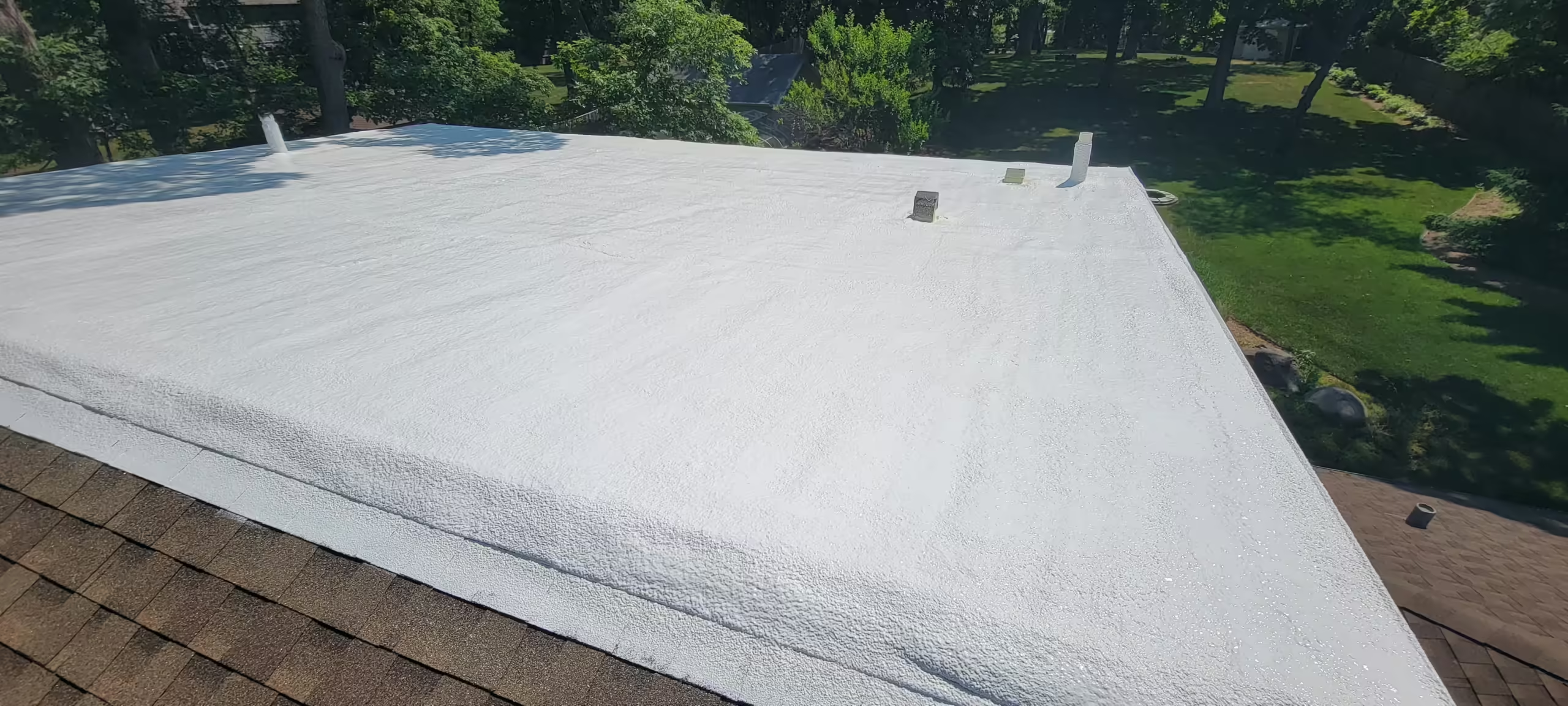 Exterior Wall Insulation
Exterior Wall Insulation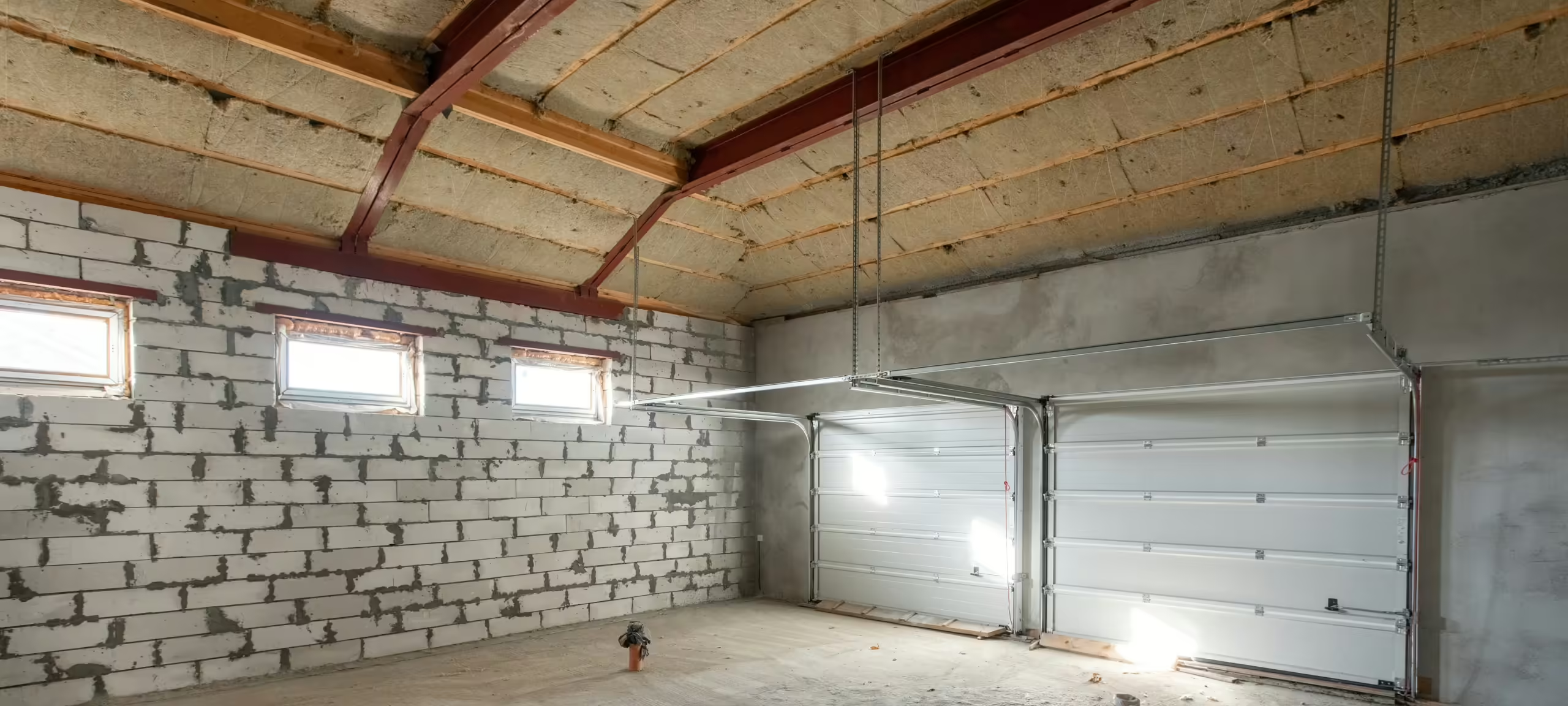 Garage Insulation
Garage Insulation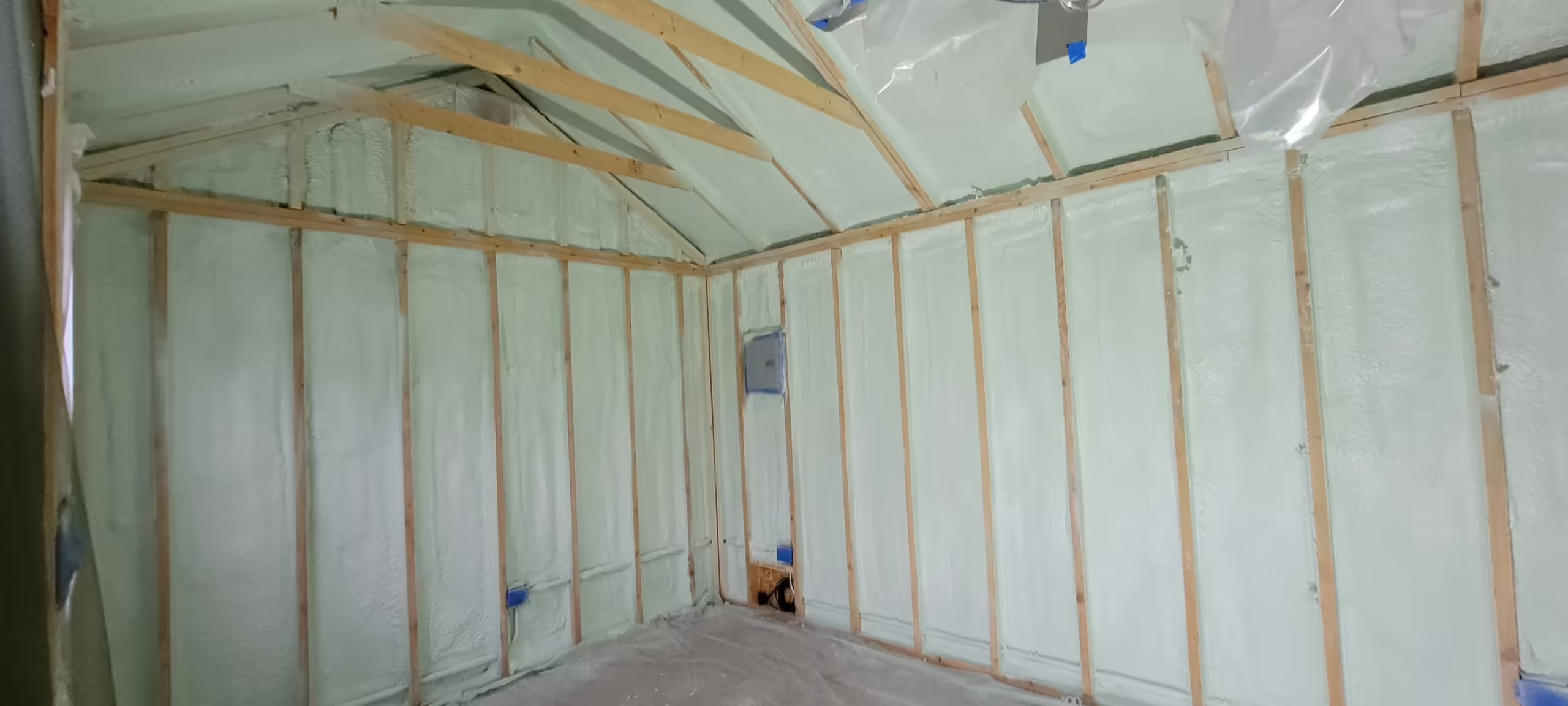 Interior Wall Insulation
Interior Wall Insulation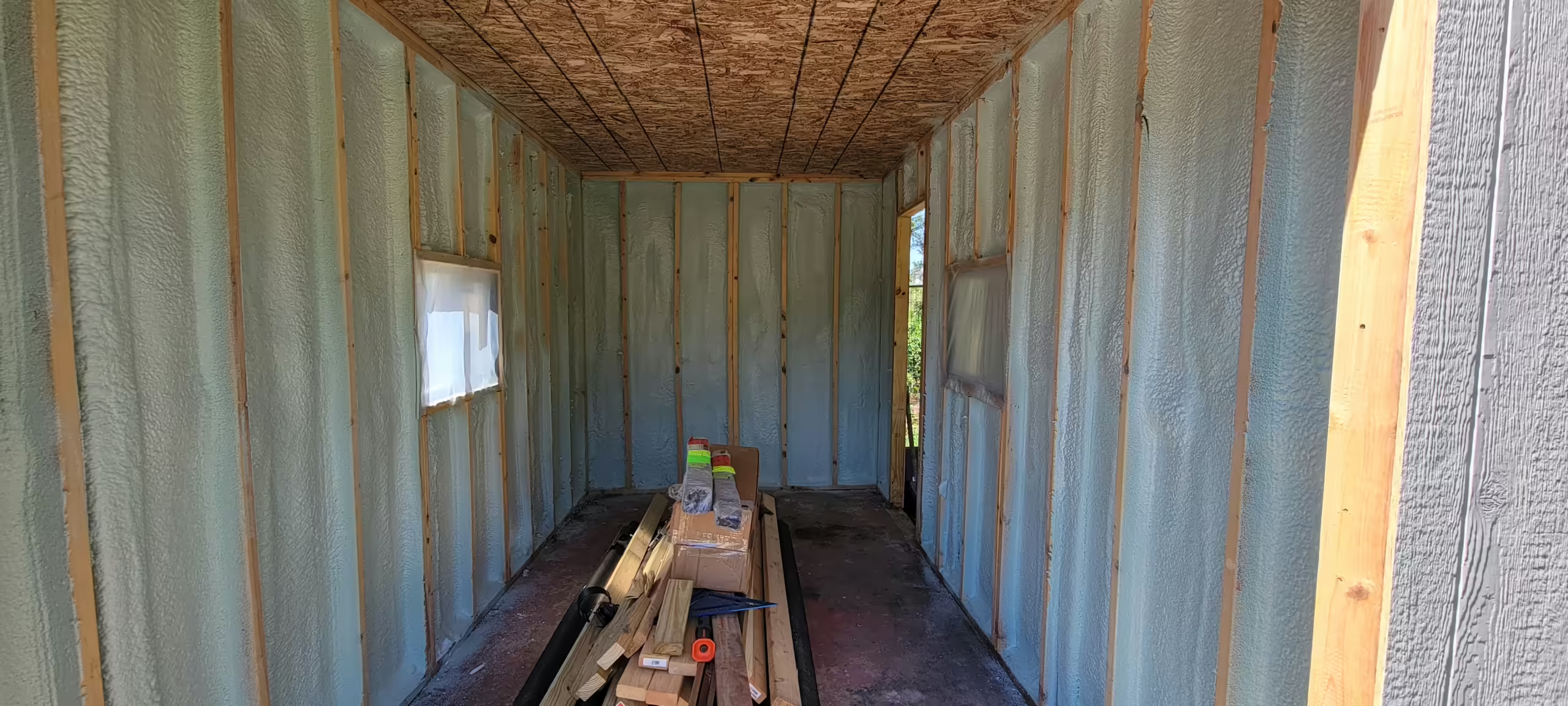 Shed Insulation
Shed Insulation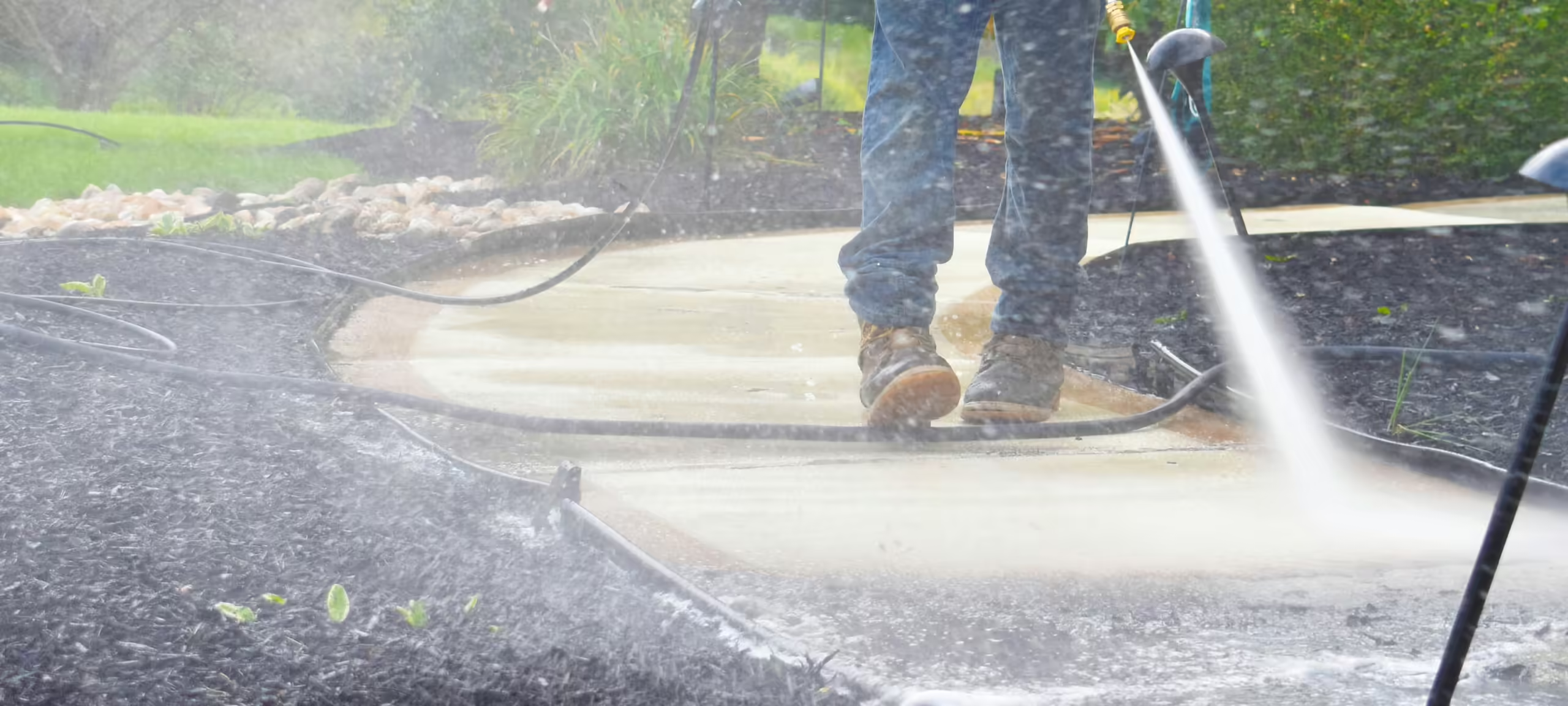 Power Washing
Power Washing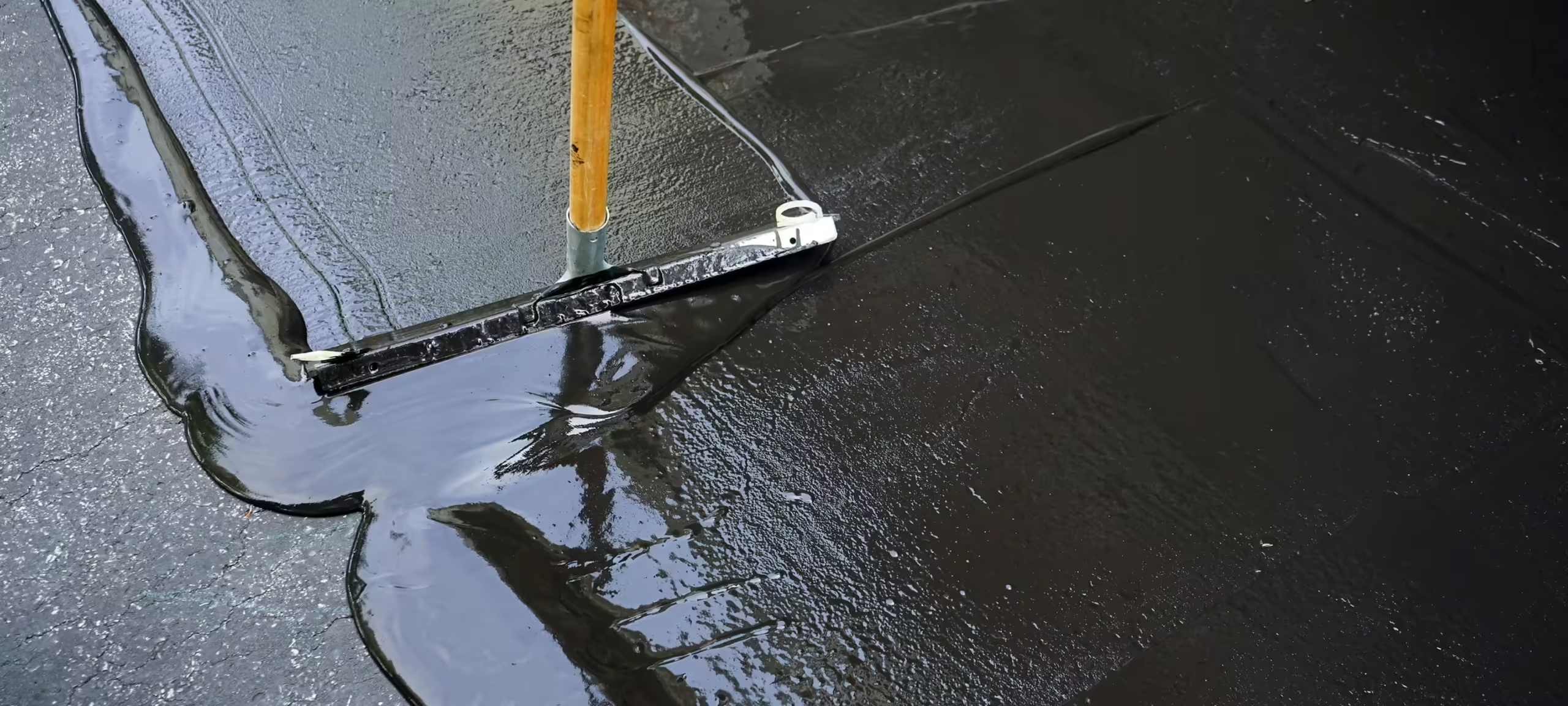 Sealcoating
Sealcoating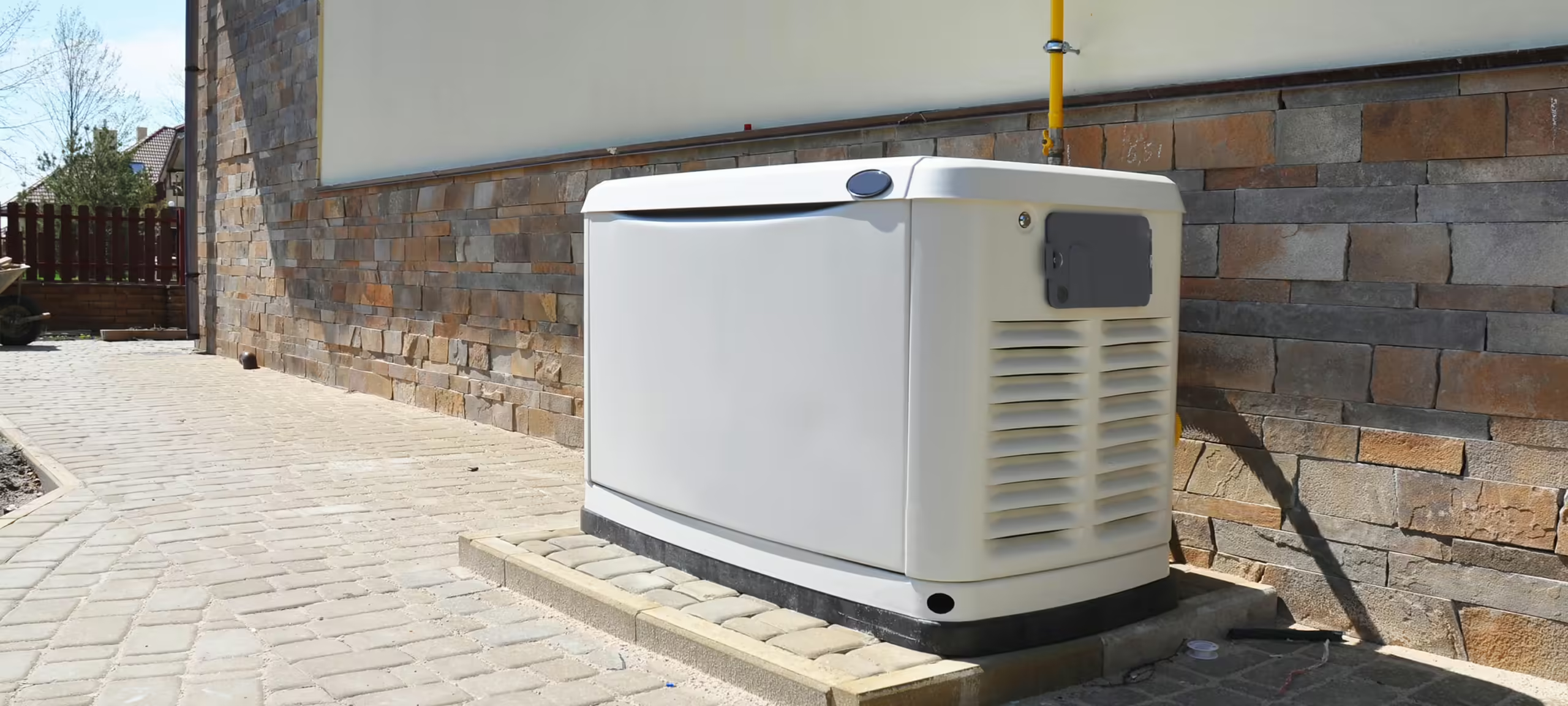 Backup Power Generators
Backup Power Generators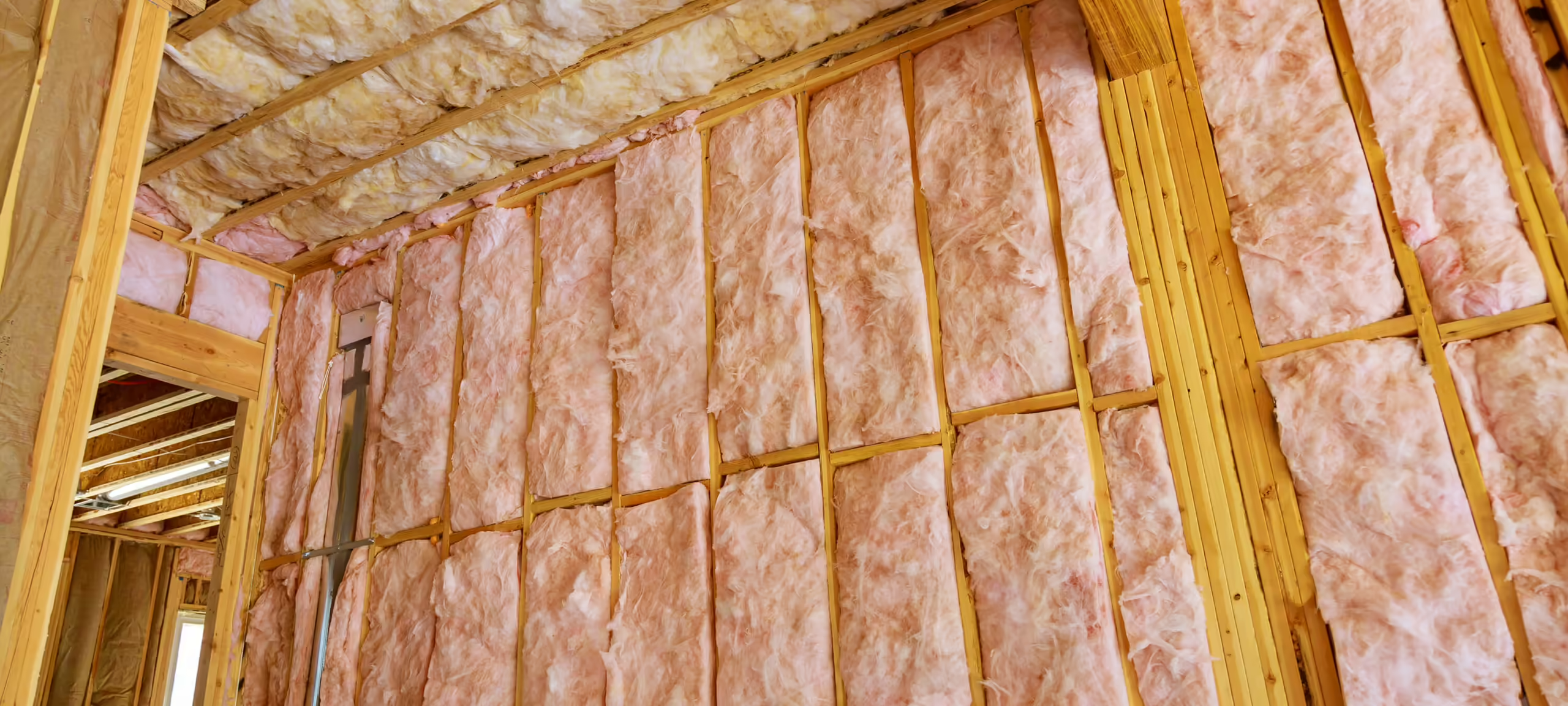 Insulation Removal Service
Insulation Removal Service Lake County Insulation
Lake County Insulation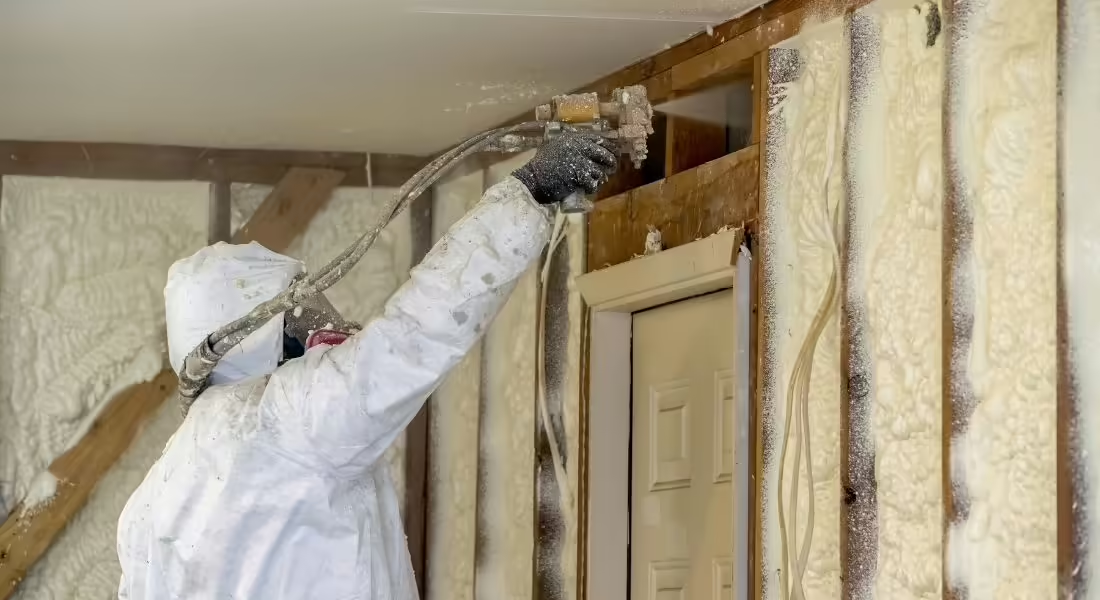 Spray Foam Insulation Guides
Spray Foam Insulation Guides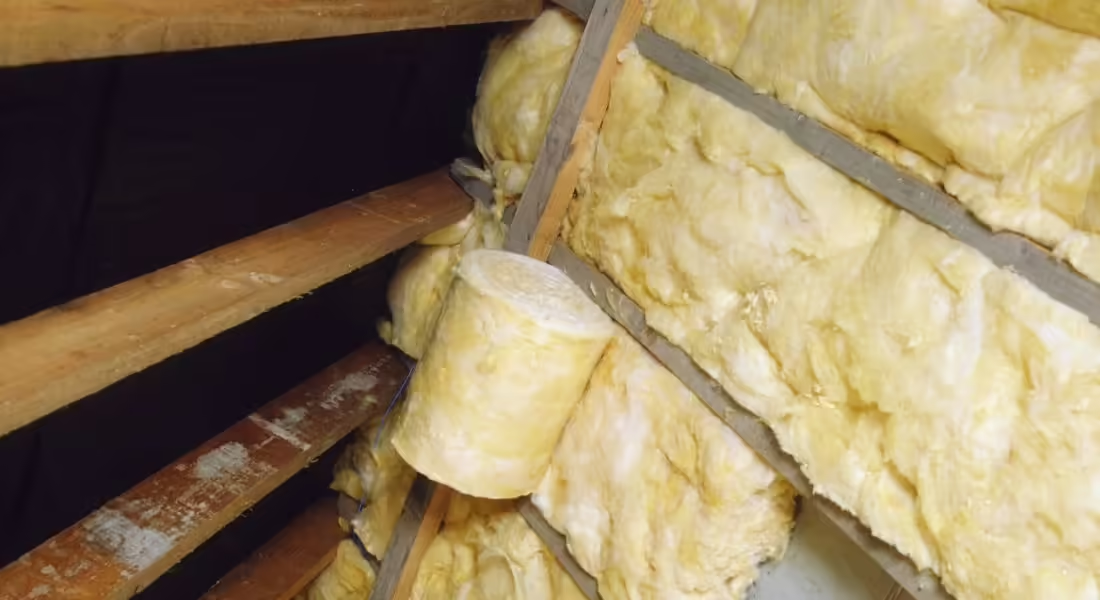 Insulation Guide
Insulation Guide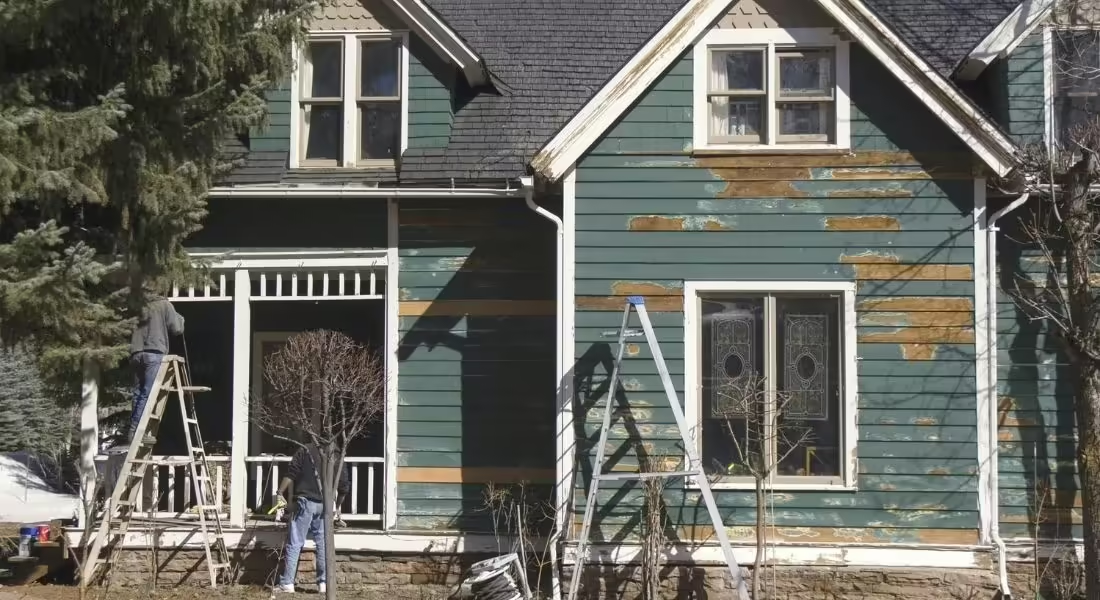 Home Improvement & Maintenance Guide
Home Improvement & Maintenance Guide